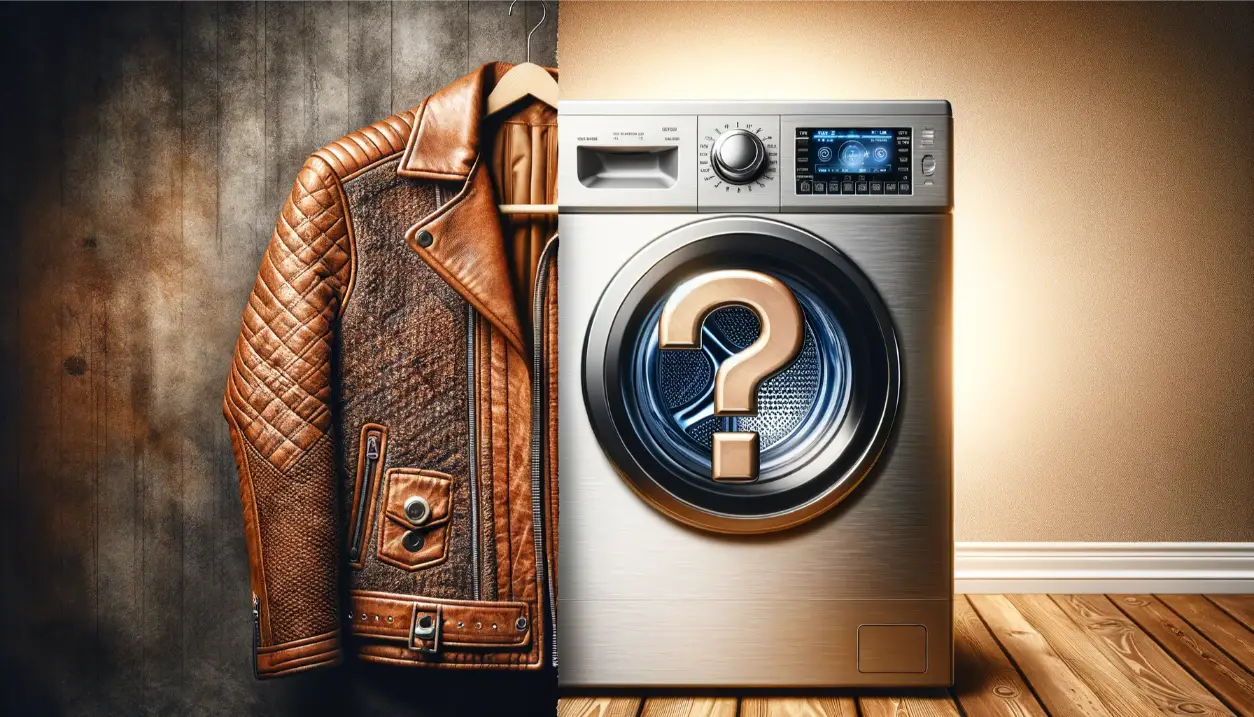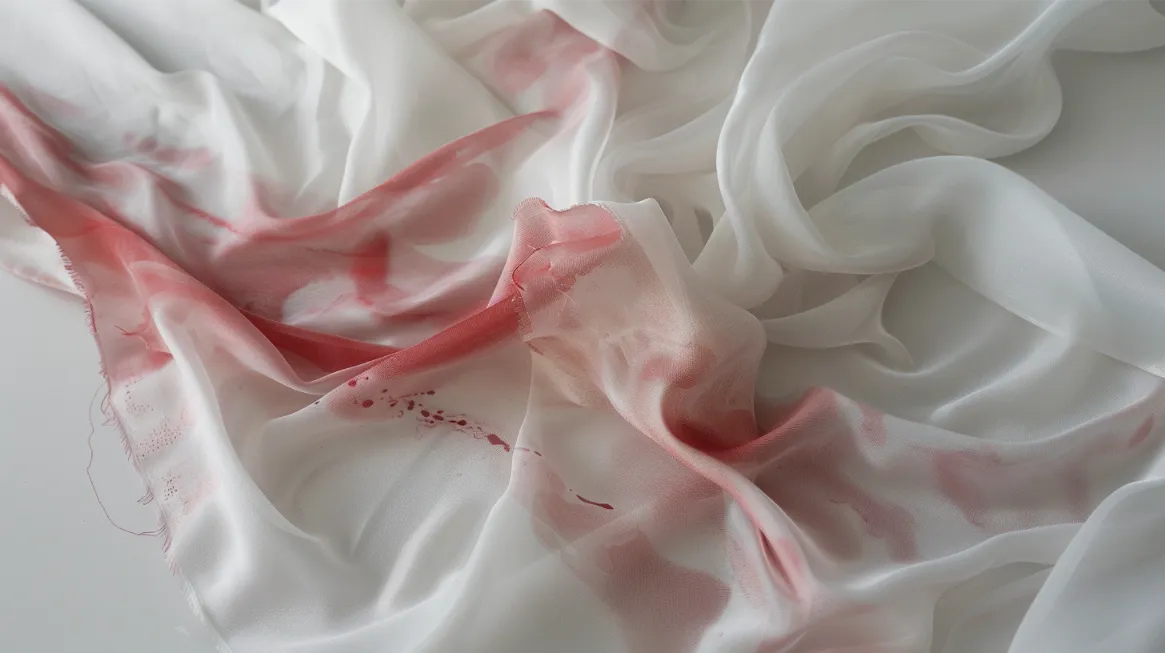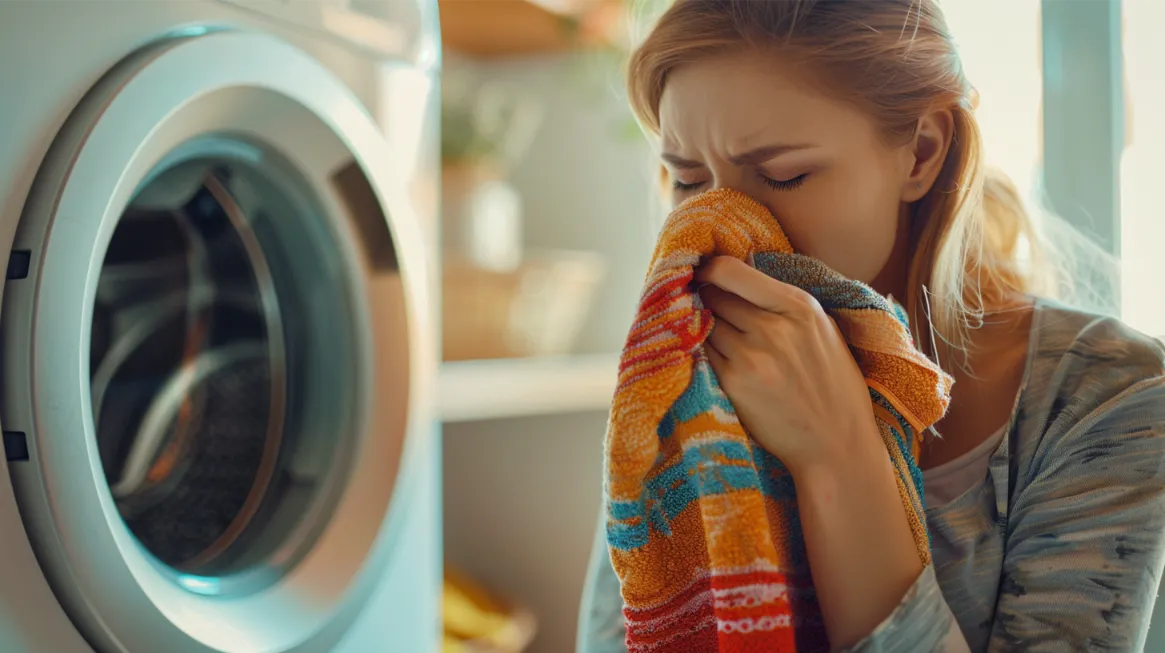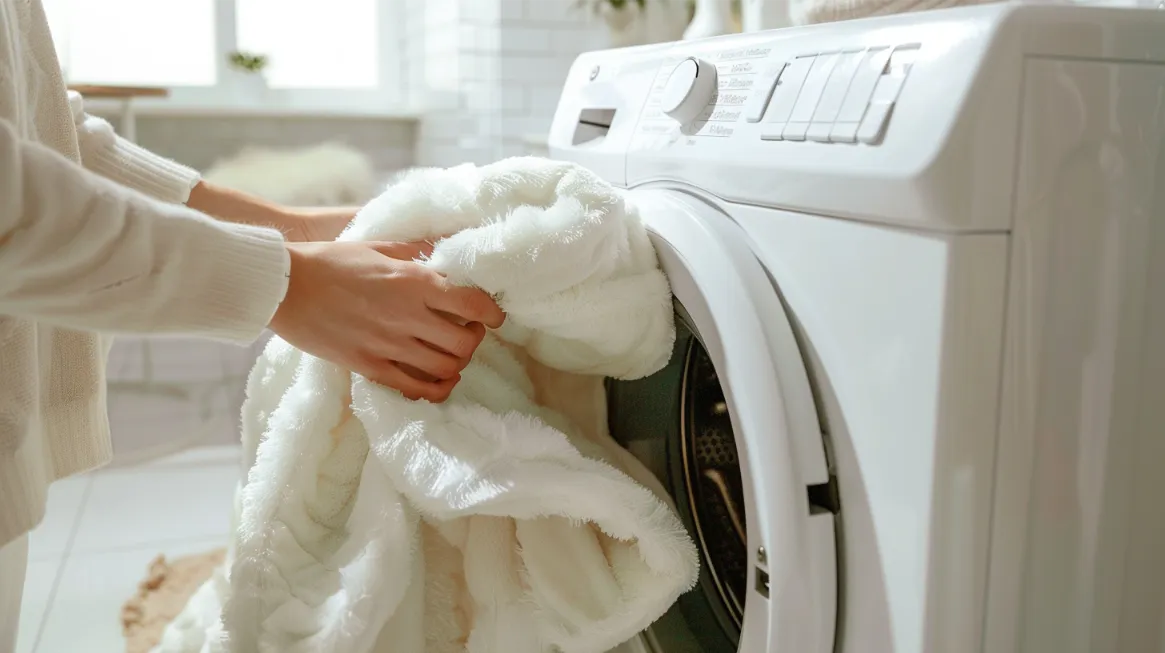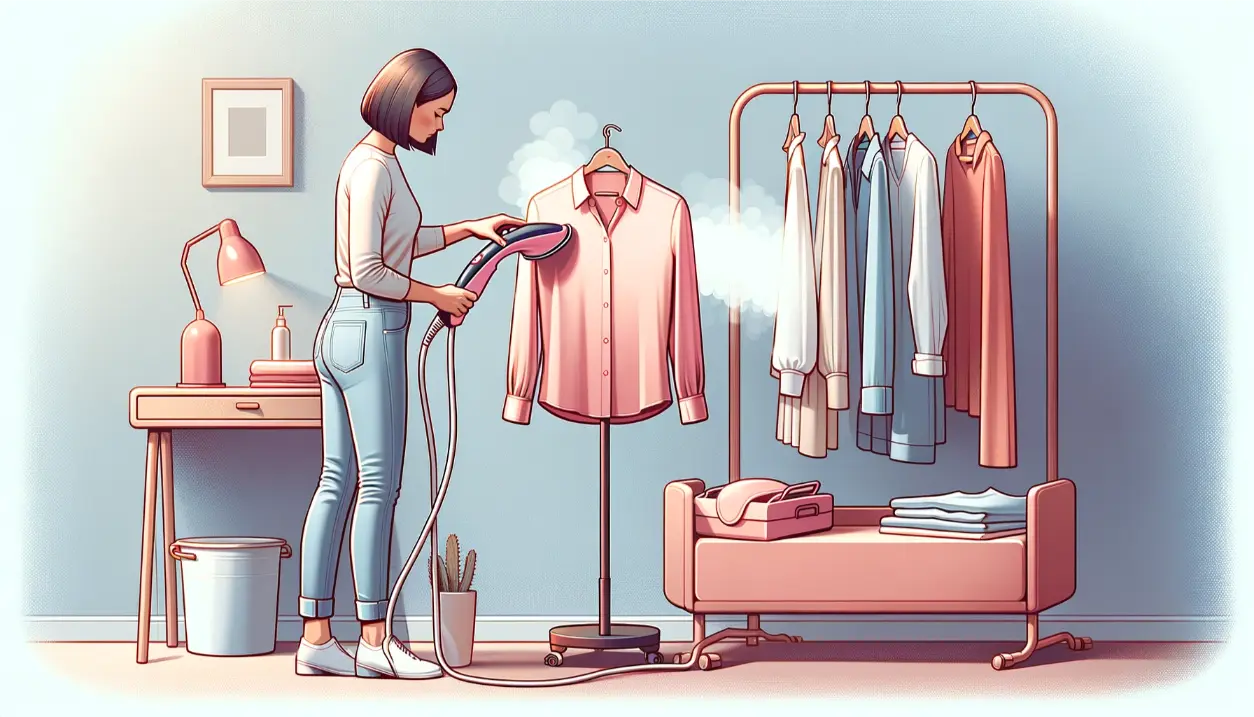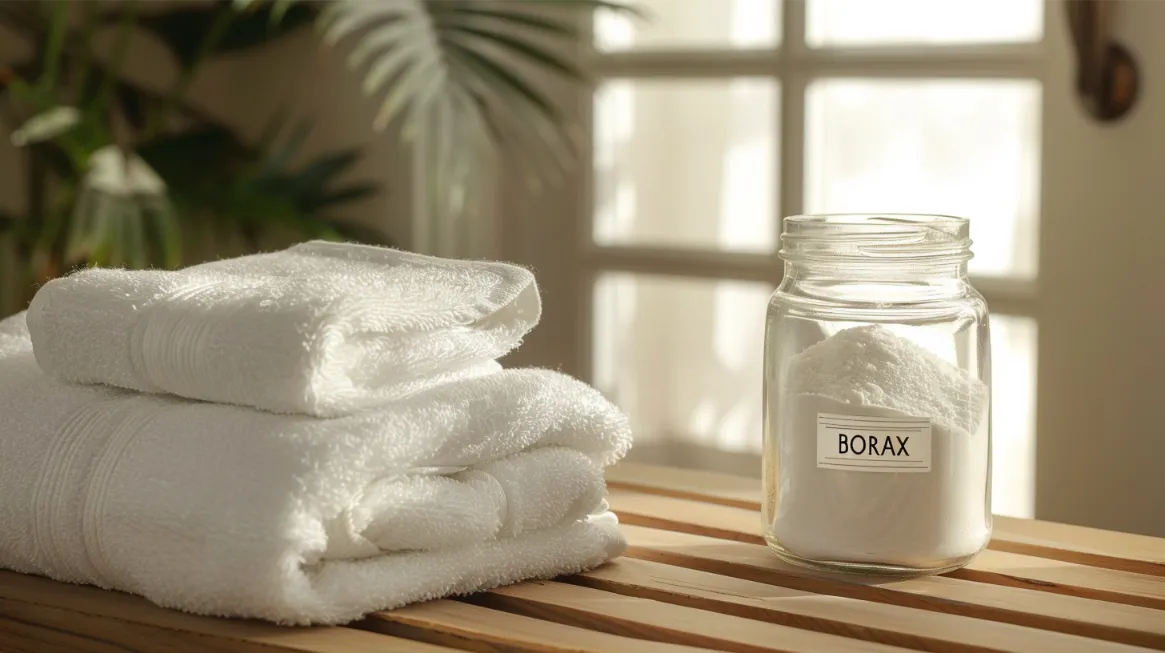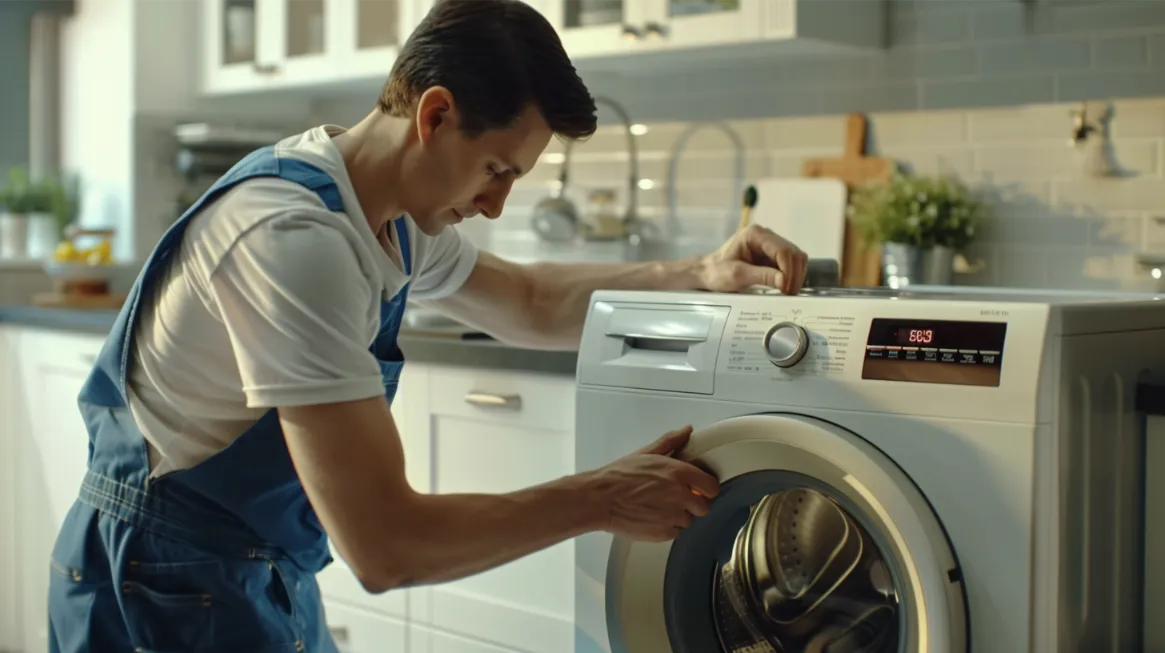Laundry can often feel like a never-ending task, but with these 10 laundry hacks, you can make washing and drying a breeze. From simple stain removal tricks to ways to speed up drying time, these hacks offer practical solutions to streamline your laundry routine.
But that’s not all – there are also tips on freshening up laundry without washing and ways to organize your laundry room. So, if you’re tired of the laundry struggle, keep reading to discover these game-changing hacks that will transform how you do laundry.
Key Takeaways
- Use stain removal tricks like bicarbonate soda paste and vinegar soaking to remove stains from clothes effectively.
- Speed up drying time by using quick-dry fabrics and ensuring proper ventilation in the laundry room.
- Freshen laundry without washing using essential oils, sunlight, and fabric refresher sprays.
- Prevent shrinking and stretching using cold water, gentle detergent, and delicate air-drying fabrics.
Stain Removal Tricks
When it comes to effectively removing stubborn stains, several practical and efficient stain-removal tricks can make a world of difference in preserving the quality and appearance of your laundry. One of these tricks is using a bicarbonate soda paste to treat stains before they set. Bicarbonate soda has excellent stain-lifting properties and can be mixed with a small amount of water to form a paste applied directly onto the stain. Leave the paste on for a few minutes before rinsing and washing as usual.
For tissue-filled laundry, such as pockets or sleeves, tossing them in the dryer can easily remove lint and keep your clothes looking fresh—the heat and movement of the dryer help to dislodge any lint or debris that may have accumulated.
Add coffee or tea to the rinse cycle to protect your black jeans from fading. The tannins in these beverages can help preserve the dark color of your jeans, giving them a longer lifespan.
When removing stubborn crayon stains, a mixture of hot water, dish soap, and WD-40 can work wonders. Apply the mixture to the stain, let it sit for a few minutes, then scrub gently with a brush before washing.
Before wearing new clothes, it’s a good idea to soak them in vinegar. This helps remove any chemicals or residues from manufacturing, ensuring your garments are fresh and skin-friendly.
Speed up Drying Time
Consider utilizing quick-dry fabrics and proper ventilation techniques to speed up drying time. Quick-dry fabrics are designed to dry faster than traditional fabrics, making them ideal for reducing drying time.
Additionally, ensuring proper ventilation in your laundry area allows for better air circulation and can help clothes dry more quickly.
Quick-Dry Fabrics
Quick-dry fabrics, made of synthetic materials like polyester or nylon, are designed to dry faster than traditional fabrics. These fabrics can wick moisture away from the skin, which helps to speed up the evaporation process. This makes them ideal for outdoor activities or travel where quick drying is essential.
Quick-dry fabrics are particularly useful when sweating or getting wet, as they can help keep you dry and comfortable. Additionally, these fabrics are easy to care for and maintain, making them convenient for everyday use.
Whether hiking, camping, or simply doing laundry, incorporating quick-dry fabrics into your wardrobe can significantly affect drying time and overall comfort.
Proper Ventilation Techniques
Proper ventilation techniques play a crucial role in expediting the drying time of clothes. Good air circulation in the laundry area is essential for faster drying. To facilitate this, consider using fans or opening windows to increase airflow.
Hanging clothes in a well-ventilated space helps prevent musty odors while accelerating drying. Another effective method is utilizing a dehumidifier in the laundry room to remove excess moisture from the air. By reducing humidity levels, the dehumidifier aids in the quicker drying of clothes.
These ventilation techniques save time and ensure that clothes dry thoroughly, preventing any lingering dampness or unpleasant odors. Incorporating these simple measures into your laundry routine can make drying more efficient and effective.
Freshen up Laundry Without Washing
One effective way to freshen laundry without washing is to spritz clothes with water and essential oils like lavender or lemon. Essential oils have natural deodorizing properties that help remove odors and refresh clothes. Mix a few drops of your preferred essential oil with water in a spray bottle and lightly mist your clothes. Hang them up to air dry, and they will smell fresh and clean.
Another method to freshen up clothes is to hang them outside in fresh air and sunlight. Combining sunlight and fresh air helps eliminate odors and naturally refresh clothes. If you don’t have access to outdoor space, you can hang your clothes near an open window to allow air circulation.
You can use a fabric refresher spray or a garment steamer for a quick refresh between washes. Fabric refresher sprays are designed to neutralize odors and leave your clothes smelling fresh. Spray the fabric refresher onto your clothes and let it dry. A garment steamer is another great option for refreshing clothes. The steam helps remove wrinkles and odors, making your clothes look rejuvenated.
For a simple and effective way to remove odors and wrinkles, place your clothes in the dryer with a dryer sheet on a low heat setting for a few minutes. The heat and scent from the dryer sheet will freshen up your clothes and leave them smelling clean.
Additionally, you can store your clothes with scented sachets or cedar blocks to keep them smelling fresh in between washes. These items emit a pleasant scent that can help eliminate odors and keep your clothes smelling great. Please place them in your closet or drawers to maintain freshness.
Organize Your Laundry Room
To create an efficient and well-organized laundry room, it is essential to implement practical strategies that streamline the process of sorting, washing, and drying clothes. One key aspect of laundry room organization is sorting socks. Instead of wasting time searching for matching pairs, invest in zippered mesh bags specifically designed for washing socks. These bags prevent socks from getting lost and ensure they stay together throughout the washing and drying cycle.
Another important consideration when organizing your laundry room is handling hand-washable items. Rather than leaving them to dry haphazardly, install a drying rack specifically designed for these delicate items. This will keep them organized and dry efficiently without getting stretched or damaged.
Additionally, consider using individual laundry baskets for each family member. This simple but effective strategy will streamline the sorting process, making keeping everyone’s clothes separate and organized easier.
Turn the clothes on the right side out during the organization phase before folding. This small step can save considerable time when finding a specific item or piece of clothing.
Lastly, don’t forget to leave the washing machine door slightly open after each use. This will prevent mildew buildup and keep your machine clean and fresh.
Prevent Shrinking and Stretching
Delicate fabrics require special care to prevent shrinking and stretching during washing and drying. Here are some practical tips to help you maintain the integrity of your delicate items:
- Use cold water: When washing delicate fabrics, opt for cold water instead of hot. Cold water helps prevent shrinking by minimizing the agitation and friction of hot water.
- Use gentle detergent: Choose a gentle detergent specifically designed for delicate fabrics. These detergents are milder and less likely to cause damage or stretching.
- Air dry: Avoid using a dryer for delicate fabrics, as the heat can cause shrinking and stretching. Instead, air dry them by laying them flat on a clean towel or hanging them up to dry naturally.
- Store flat: After washing and drying, store delicate items flat to maintain their shape and prevent stretching. Folding them neatly and placing them in a drawer or on a shelf will help preserve their integrity.
Extend the Life of Your Clothes
To ensure that your clothes last as long as possible, it is important to take proper care of them by following care instructions and implementing a few helpful practices. One laundry hack to extend the life of your clothes is to hand wash delicate items instead of machine washing them. Machine washing can be rough on delicate fabrics, causing them to shrink, stretch, or damage. You can gently clean these items and prevent potential harm by hand washing them.
When hand washing delicate items, it is recommended to use laundry detergent sheets. These sheets are convenient and effective, providing the right amount of detergent without mess or waste. Soak the garment in water with the detergent sheet, gently agitate it, and then rinse thoroughly. This method ensures that your delicate items are properly cleaned without any damage caused by excessive detergent or rough agitation in the machine.
Another tip to extend the life of your clothes is to pay close attention to care instructions and clothing labels. These labels provide valuable information about the fabric and the best way to care for the garment. By following these instructions, you can avoid using harsh detergents or washing at high temperatures, which can cause damage and reduce the lifespan of your clothes.
Lastly, when drying delicate items, it is best to dry them flat instead of hanging them. Hanging delicate fabrics can stretch them out of shape and cause them to lose their original fit. Drying them flat on a clean surface ensures the fabric maintains its structure and shape.
Taking the time to care for your clothes properly can significantly increase their longevity and reduce the need for frequent replacements. By implementing these laundry hacks, such as hand washing delicate items, using laundry detergent sheets, and following care instructions, you can extend the life of your clothes and keep them looking their best for longer.
Remove Lint and Pet Hair
Several effective methods exist for removing lint and pet hair from clothing and fabrics. One option is a lint roller, which can easily pick up lint and pet hair.
Another DIY method is to dampen a rubber glove and run it over the fabric, effectively removing the unwanted hair and lint.
Wrapping duct tape around your hand with the sticky side out can also help remove lint and pet hair from clothes and upholstery.
Lint Roller Effectiveness
Lint rollers are highly effective tools for removing lint, pet hair, and other debris from clothing and upholstery. Here are some reasons why lint rollers are so effective:
- Adhesive sheets: Lint rollers use adhesive sheets that easily pick up particles from fabrics. These sheets efficiently remove debris, leaving your clothes looking clean and fresh.
- Convenient and portable: Lint rollers are incredibly convenient for quick touch-ups. They are portable and easily carried in your bag or stored in your car, making them ideal for on-the-go situations.
- Extend the lifespan of clothing: Regular use of lint rollers helps maintain a neat appearance and extends the lifespan of your clothing. By removing lint and pet hair, you can prevent them from becoming embedded in the fabric, which can cause wear and tear over time.
- Versatility: Lint rollers can be used on various fabrics, including clothing, upholstery, and car seats. They are versatile tools to have in your laundry arsenal.
Lint rollers are a practical and efficient solution for keeping your clothes and upholstery free from lint, pet hair, and other debris.
DIY Lint Remover
Using a squeegee is a cost-effective and environmentally friendly method to remove lint and pet hair from clothing and upholstery effectively. This DIY lint remover is a practical solution for maintaining a lint-free and pet-hair-free wardrobe.
To use the squeegee, rub it over the fabric in one direction. The squeegee’s rubber edge attracts lint and pet hair, lifting them from the surface of the clothing or upholstery. This method is beneficial for removing stubborn lint and pet hair that may be difficult to remove with other methods.
Preventing Pet Hair Buildup
Incorporating simple yet effective techniques is essential to prevent the buildup of pet hair on clothes and fabrics. Here are four practical methods to help you remove pet hair and keep your laundry hair-free:
- Use a lint roller or sticky tape: Roll the roller over the fabric, wrap it around your hand, and gently press it onto the clothing to pick up the pet hair.
- Wash pet bedding separately: Washing pet bedding separately prevents hair from transferring to other items in the laundry load.
- Add white vinegar to the rinse cycle: Adding half a cup of white vinegar to the rinse cycle helps to loosen and remove pet hair from clothes.
- Use dryer balls or dryer sheets: Placing wool balls or dryer sheets in the dryer reduces static and makes removing pet hair from clothing easier.
Remember to groom your pets regularly to minimize shedding and reduce the amount of hair in your laundry. These techniques will help you keep your clothes and fabrics free from pet hair.
Save Money on Laundry Supplies
Purchasing laundry supplies in bulk can be an effective strategy to save money over time. Buying in larger quantities often results in a lower cost per unit, allowing you to reduce your expenses in the long run. Additionally, keep an eye out for coupons, discounts, or sales on laundry supplies to further reduce costs.
Another way to save money on laundry supplies is by considering homemade detergent recipes. These recipes often use common household ingredients like baking soda, borax, and soap flakes, which are significantly cheaper than store-bought detergents. Not only will you save money, but you’ll also have control over the ingredients, making it a more personalized and eco-friendly option.
Speaking of eco-friendly products, opting for sustainable laundry supplies can offer long-term cost savings. While they may have a higher initial price, eco-friendly products are designed to be more efficient and last longer, saving you money.
To extend the life of your laundry supplies and save money, try using less detergent than recommended. Most detergents are formulated to be effective even with smaller amounts. By using less, you not only reduce your expenses but also prevent detergent build-up and potential damage to your clothes and washing machine.
Handle Delicates With Care
When handling delicate items, it is crucial to take extra care to ensure their longevity and quality. Delicate items require special attention during washing and drying to prevent damage and extend lifespan.
Here are some tips to help you handle delicate items with care:
- Hand wash: Delicate items should be hand washed to avoid the harsh agitation of a washing machine. Fill a basin with lukewarm water and add a gentle detergent suitable for delicate fabrics. Gently swirl the items in the soapy water, being careful not to rub or scrub them vigorously.
- Use a gentle detergent: Delicate fabrics require a detergent that is specifically formulated for them. Look for a gentle detergent free of harsh chemicals and additives to maintain the quality and integrity of the fabric.
- Dry flat: Avoid wringing or twisting delicate items after washing, which can cause stretching or distortion. Instead, gently squeeze the excess water and lay the items flat on a clean, dry towel. Reshape them if necessary and allow them to air dry completely.
- Consider using a mesh laundry bag: Place them in a mesh laundry bag to further protect delicate items in the washing machine. This will help prevent them from getting tangled or snagged on other garments, reducing the risk of damage.
Simplify Your Laundry Routine
Establishing an efficient and organized laundry routine can save time and make the task more manageable. By planning and designating specific laundry days, you can avoid overwhelming loads and ensure you always have clean clothes available.
Additionally, using designated laundry baskets for each family member can simplify sorting and organizing, making the process smoother and more streamlined.
Time-Saving Laundry Tips
To simplify your laundry routine and save time, consider implementing these efficient, time-saving laundry tips:
- Use separate laundry baskets for each family member: This helps streamline the process by keeping everyone’s clothes organized and ready for washing.
- Utilize zippered mesh bags for washing and sorting socks efficiently: No more lost socks! Place socks in these bags before tossing them in the washing machine, and they’ll stay together throughout the entire cycle.
- Turn clothes right side out before folding: This simple step can halve your folding time. By turning clothes right side out, you’ll be able to quickly fold and stack them without the need to flip them constantly.
- Prevent mildew buildup by leaving the washing machine door slightly open: After each wash, leave the door ajar to allow air circulation and prevent the growth of mildew and unpleasant odors.
Organization and Efficiency
To simplify and streamline your laundry routine, implementing effective organization and efficiency strategies can make a noticeable difference in saving time and effort.
Start by separating laundry loads with assigned baskets for each household member. This eliminates the need for sorting post-laundry, saving valuable time.
Another laundry hack is to use zippered mesh bags for washing socks. This not only prevents mix-ups but also simplifies the sorting process.
To maintain efficiency and prevent mildew, leave the washing machine door slightly open after each load. This allows for proper ventilation and reduces the risk of unpleasant odors.
Additionally, consider installing a drying rack for hand-washable items. This consolidates hang-to-dry items in one place and saves space in the laundry room.
Frequently Asked Questions
Does Adding Baking Soda to Laundry Help?
Adding baking soda to laundry can help freshen and brighten clothes, neutralize odors, and boost detergent’s cleaning power. It is safe for most fabrics, making it an eco-friendly and cost-effective way to enhance the cleaning process.
What Are Some Laundry Hacks?
Some laundry hacks include adding white vinegar to the rinse cycle to freshen clothes, using mesh bags with zippers to keep socks together, and leaving the washing machine door open to prevent mildew and odors.
Why Add Ice Cubes to Washing Machine?
Adding ice cubes to the washing machine can be beneficial for several reasons. The cold temperature helps prevent wrinkles, freshens and deodorizes clothes, preserves delicate fabrics, and revives garments stored for a while.
How Do You Add Scent to Vinegar for Laundry?
To add scent to vinegar for laundry, mix a few drops of your favorite essential oil, like lavender or lemon, with the vinegar. This creates a customized fragrance that freshens clothes and helps clean and soften fabrics.


